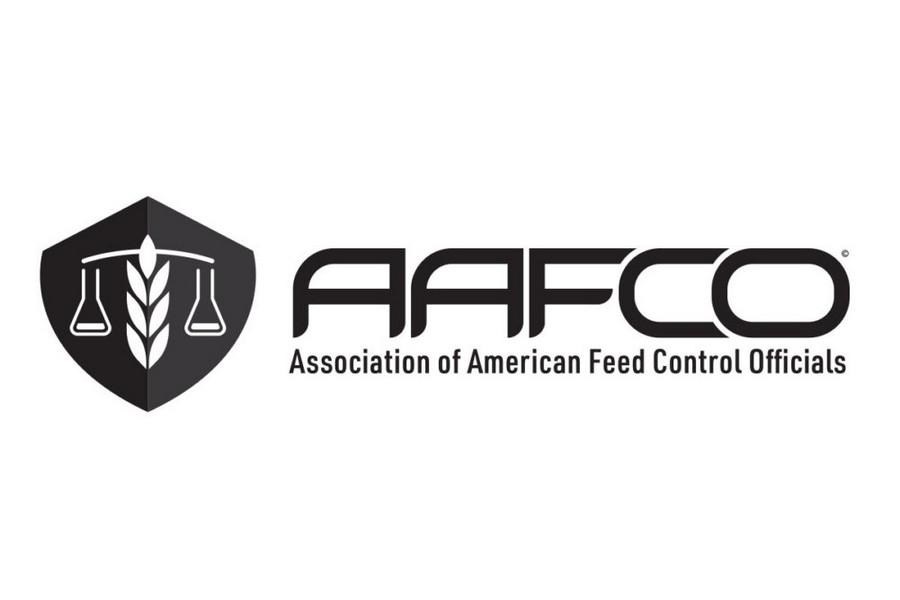The result of this was the last 30 years have been characterized by a substantial increase in research on dog nutrition, particularly on nutritional needs.
Here begins a watershed, because in the beginnings of nutritional research, nutritional requirements were based on sustaining life; there is talk of a minimum level or an adequate level of nutrients. Some authors consider the minimum level is the level of nutrient that provides adequate nutrition, however, others consider these levels are not optimal for the health and well-being of pets. In a sense, this is a matter of semantics. In other words, it is a matter of properly defining the various terms used to describe how much of an essential nutrient is sufficient for a given purpose.
In general, there are two types of experimental studies that involve nutrient requirements. One type is to measure the effect of feeding in increasing amounts, or dietary concentrations of the nutrient that is evaluated on specific response criteria (growth rate, plasma concentration, etc.). This approach lends itself well to determining nutrient requirements for normal growth and development.
The second type of study is the "depletion-repletion" method. This approach is most popular for use in studies of nutrient requirements for specific functions of adult animals (maintenance, reproduction, etc.). In this case, the animals are first placed on a depletion diet, which is designed to provide a negligible amount of the nutrient to be studied, in order to determine the amount necessary to achieve physiological normality for the specific response criteria.
Currently, nutritional guidelines such as the NRC, FEDIAF or AFFCO, establish the minimum requirements of each nutrient for dogs and cats, based on information published with scientific evidence. In this way, the balanced pet food manufacturer formulates its petfood to meet these requirements. However, there are many variables that can cause alterations in the amount of a nutrient an animal needs that must be considered. The chemical and / or physical form of the nutrient can affect, as minimum requirements are generally determined by using available sources of nutrients. In addition, the presence and / or concentration of other substances (for example, substances that can combine with the nutrient and thus limit its absorption) can alter its use and can also affect the amount needed to meet the requirement.
The formulation of pet food must be adequate and precise, and in particular there are two micronutrients that must have our attention during the formulation: vitamins and trace minerals.
Vitamins are essential substances for life; its deprivation leads to manifestations of deficiencies or syndromes, which occur rapidly depending on the vitamin considered and the possible reserves that the body may have or the contribution it must find in its food.
The amounts of vitamins required are very small and are in doses in the order of micrograms or a few milligrams per day. At present it is rare that dogs or cats, well cared for and fed with a specific product for them, present serious symptoms of important vitamin deficiencies. However, the minimum or basic vitamin needs that are achieved with an industrial diet may not be the source where the most adequate daily dose of vitamins is located. Therefore, it is important the vitamin that is added to commercial food has the physical characteristics in an adequate number of particles that allows a uniform distribution in the food.
On the one hand, it is necessary to speak of the recommendation of minimum daily contribution; If we supply less than that amount, we will surely see how the subject develops severe symptoms of vitamin deficiency. A commercial food must include a minimum intake of vitamins, but if for some reason the needs increase, that is, if the total consumption of food decreases or there are digestive problems that partially hinder the absorption of these vitamins, we may have a deficiency.
In addition, the contribution of vitamins in pet food might have two origins: the contribution of the raw materials that make up the food, for example, grains, pasta, flours of animal origin, etc., or the addition of vitamins commercials that are manufactured industrially.
Faced with these challenges, a food must manage 'safety margins'. Let us suppose that the minimum daily amount of contribution of a certain vitamin is of 10 mcg / kg; the dose that we could call "safety" could be 14 mcg / kg, so that, even if the dog or cat eat a little less, or have a higher consumption than normal, that daily dose would ensure that they do not go away to produce symptoms of vitamin deficiency.
Once the minimum level with a margin of safety has been established, it should be considered that vitamins are relatively unstable and delicate molecules that are adversely affected by the effects of light, heat, oxidative processes, humidity, etc. If our vitamin suffers a loss of 30% after an extrusion process (120 ° C), then to reach 14 mcg / kg we should add 20 mcg / kg before the manufacturing process. I recommend checking the stability of each vitamin to correctly manage the adjustment of each one of them.
Finally, the food will fulfill its shelf life (period of time in which a food product preserves the properties such as nutrients, flavor, texture, color...) that the consumer expects from it and that the manufacturer guarantees.
Additionally, vitamins gradually lose activity over time. If in 12 months our vitamin is going to lose 50% of its activity, to reach the 14 mcg / kg of "safety" level, we must consider one more adjustment and we should start with an addition of 40 mcg / kg before the process of manufacturing. The foregoing has the purpose of not causing vitamin deficiencies; precision is very important and should be calculated with supporting scientific evidence. Great care must be taken with the adjustments in the addition of fat-soluble vitamins so as not to fall into excesses or a toxicity problem.
Minerals are, in the same way, essential chemical elements for normal metabolic functioning. Water circulates between the different body compartments carrying electrolytes, which are mineral particles in solution. Both the internal changes and the water balance depend on its concentration and distribution.
According to the necessary consumption of our body and the type of mineral they can be classified as follows: minerals that are necessary in large quantities (> 100 mg / day) are macrominerals, such as Calcium, Phosphorus, Sodium, Potassium, Magnesium and Sulfur; Those required in smaller amounts (<100 mg / day) are called trace elements (trace = little) or "trace" elements, such as Iron, Copper, Zinc, Manganese, Iodine and Selenium.
There are important interrelationships between many of the mineral elements, which can affect their absorption, metabolism and action. In particular, excess or deficiency of some minerals can significantly alter the body's ability to use others from the diet. As a consequence, the levels of most minerals in the diet should always be assessed in relation to other components of the diet, in order to achieve an optimal dietary balance.
Trace minerals can bind and increase oxidation in food, destroying its valuable nutrients (vitamins, enzymes, fats and probiotics), which could reduce palatability. This can decrease the effectiveness of even the best diets. Decreased potency of trace minerals and valuable food ingredients can lead to safety concerns and general health problems in pets. Therefore, the formulation of minerals must meet the requirement of the dog or cat, and take care of its balance in relation to the rest of the nutrients present in the formulated diet.
Trace minerals vary both in molecular structure and in their performance in animals. Today there are three forms available: inorganic, organic, and hydroxy. Inorganic trace minerals have a weak bond that causes them to bind and degrade important essential nutrients. Organic and hydroxy trace minerals have stronger covalent bonds to essential metals, so they do not break down as easily, allowing greater absorption of nutrients into the bloodstream, as well as demonstrating greater bioavailability than inorganic sources.
Bioavailability could be defined as the efficiency with which an element is absorbed and reaches the systemic circulation in order to be distributed to organs and tissues, and used for physiological functions. Studies from the University of North Carolina have shown that the bioavailability of a hydroxy-Cu can be twice as high compared to a source of Sulfate-Cu.
The precision that a mineral meets the minimum requirement for the dog or cat will depend, on the one hand, on bioavailability, but taking care of the balance due to the aforementioned interactions.
Finally, based on the knowledge about the requirements and the tolerances of the nutrients, a reasonable definition of the concept of minimum requirement can be the minimum amount of a nutrient that is available to the maximum to fulfill a defined objective. As we have seen, there are numerous factors that can alter the bioavailability of a nutrient, as well as the fact that the requirement can vary depending on the response criteria that is being used to determine it.
Even the tolerances recommended by guidelines like AAFCO may not address all possible variations in nutrient needs. The important thing is that the dog or cat food contains the right level of the micro-nutrient, in an optimal balance and with the best bioavailability of the ingredient.
Source: All Pet Food
You could be interested: Wet Pet Food Quality
About author
Armando Enriquez de la Fuente BlanquetArmando Enríquez is of Mexican nationality and currently works at Trouw Nutrition México as Manager of Feed Additives & Key Accounts. He is also part of the company's global companion animal community. He worked for DSM Nutritional Products in different positions; as Marketing Manager in Pet Nutrition in Latin America, Vitamins Technical Manager in Latin America, Food Chain Project Manager and Commercial Manager in Mexico. He worked at Roche Products as a Pets Project Manager, Ruminants Project Manager and Commercial Manager. He publishes editorials in specialized magazines in the Petfood industry. He has lectured at the Andean Pet Forum in Colombia and at the Foro Pets Mexico. He is a Veterinary Zootechnician from the National Autonomous University of Mexico and has a master's degree in Business Administration from the ITESO University.
Publisher Contents
Micro Ingredients




 5.0
5.0
28/06/2023













































